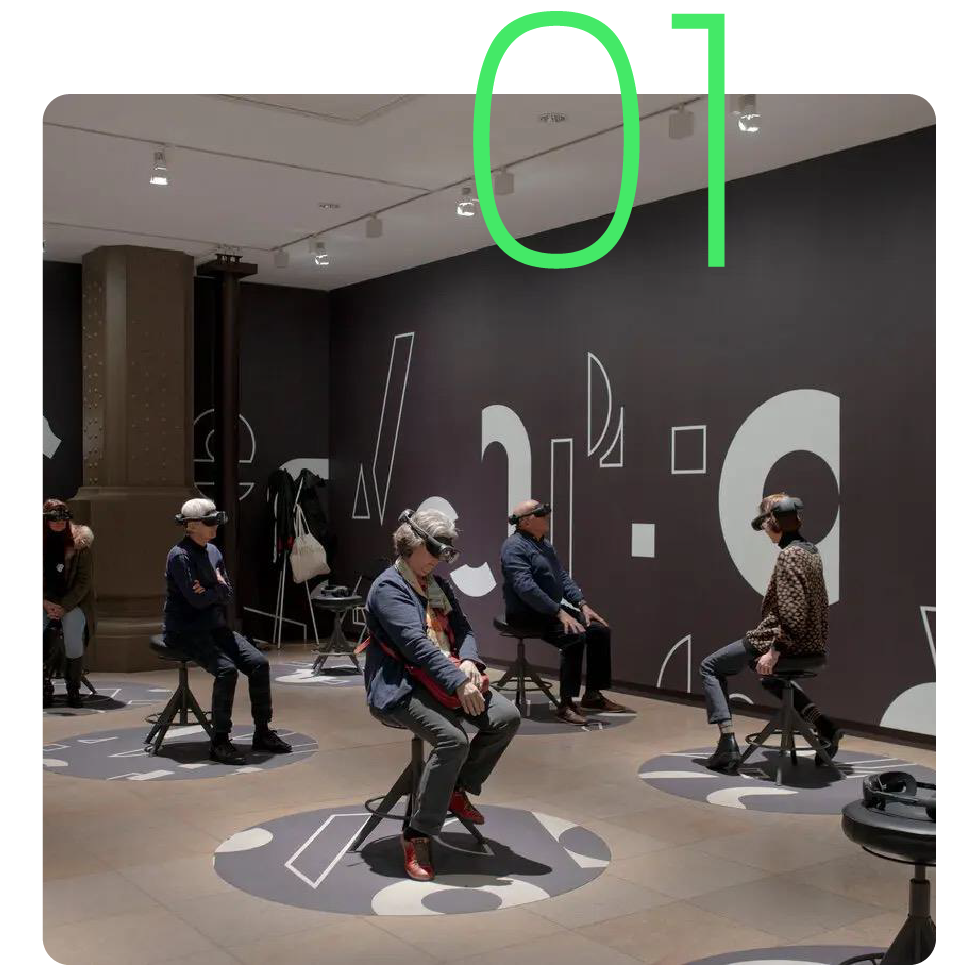Curiosity and creativity enable consumers to engage with brands in new ways, but authenticity and shared values remain top of mind. Continue through the report for full insights and key, actionable takeaways. This month’s trends spotted by GPJ Strategists Monique Machado and Cat Wallin.

Technology is propelling consumers through time.
Experiential time travel offers novel journeys through history, alternate realities, and future landscapes.
The convergence of AI, AR, and VR technologies allows fans a glimpse into bygone eras through immersive experiences that bridge the gap between the present and the inaccessible past.
From AI-powered artistic encounters with Vincent Van Gogh, to holographic performances of ABBA, and even fragrances derived from extinct flowers, brands are meeting the surging consumer demand to immerse themselves in uncharted moments from the past.
Content is becoming more participatory—and experiential
Brands are increasingly using social media to make audiences part of the story.
In an overstimulating content landscape, brands are shifting from interruption to engagement by prioritizing “sharing the pen” tobring people in. Brands are encouraging consumers to engage with narratives in real-time, with social media serving as both a driving force and distribution channel.


2024: The year of the distrust crisis
Brands must combat rising distrust with authentic, transparent strategies.
With rapid advancements in AI in 2023 and an anticipated rise in disinformation during a year of global elections, the landscape of consumer trust is more volatile than ever.
Fashion’s new era: beyond consumption?
The fashion industry is charged to shift its focus from
consumption to circularity.
Amid rising environmental concerns and consumer demand for sustainability, the UN has tasked the fashion industry to transition from traditional consumption-driven marketing to an emphasis on circular solutions and community engagement. This challenge calls for brands to rethink traditional marketing strategies, advocating for longevity, recyclability, and the creative reuse of products.

OUT-THERE EXPERIENCES
People, brands and marketers continue to push the boundaries of physical and digital experiences, with new and creative executions popping up across the globe.

Moxy Hotels are utilizing guests’ astrological signs to curate free, hyper-personalized travel recommendations.
Catch up now on all our previous Experience Intelligence reports.


